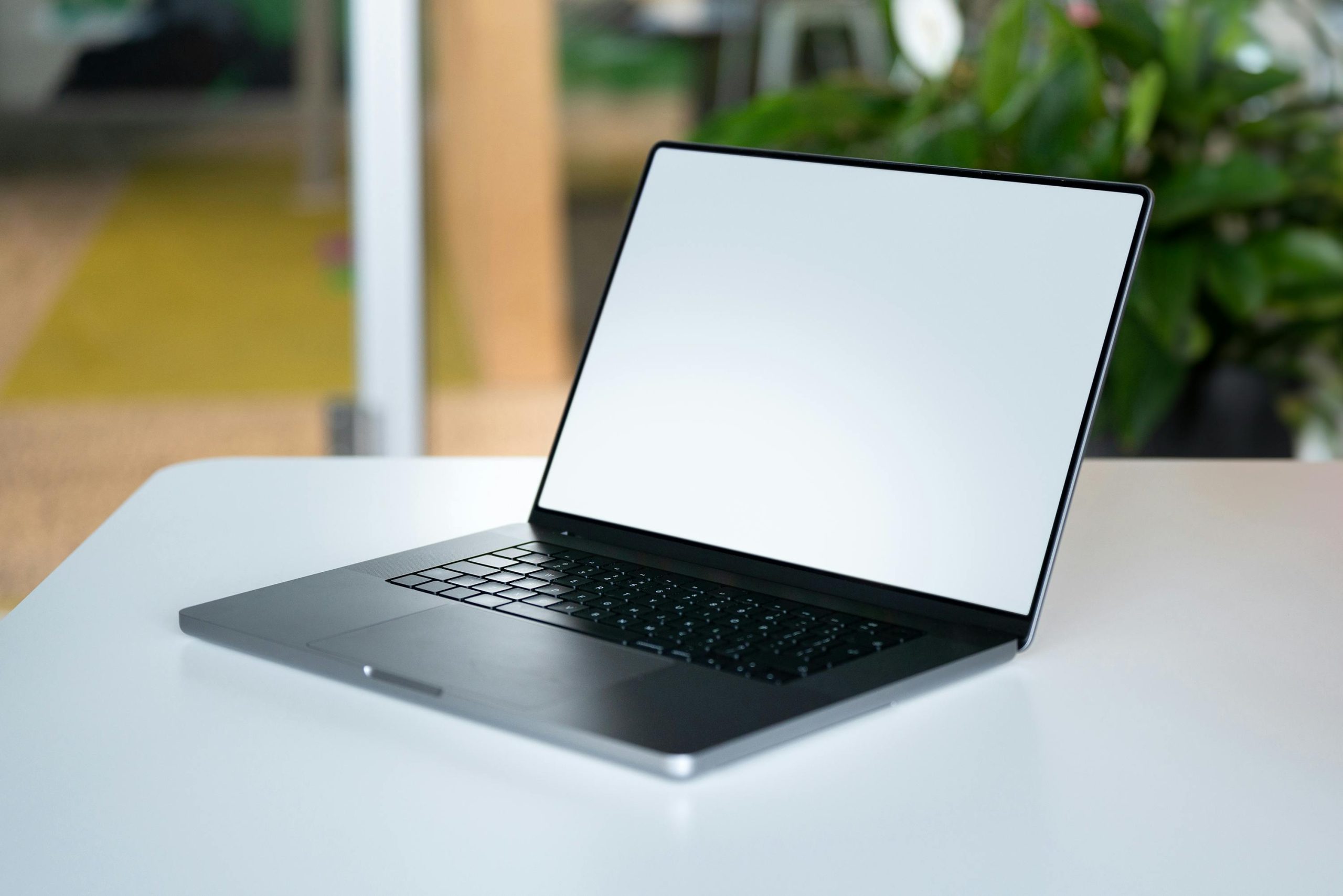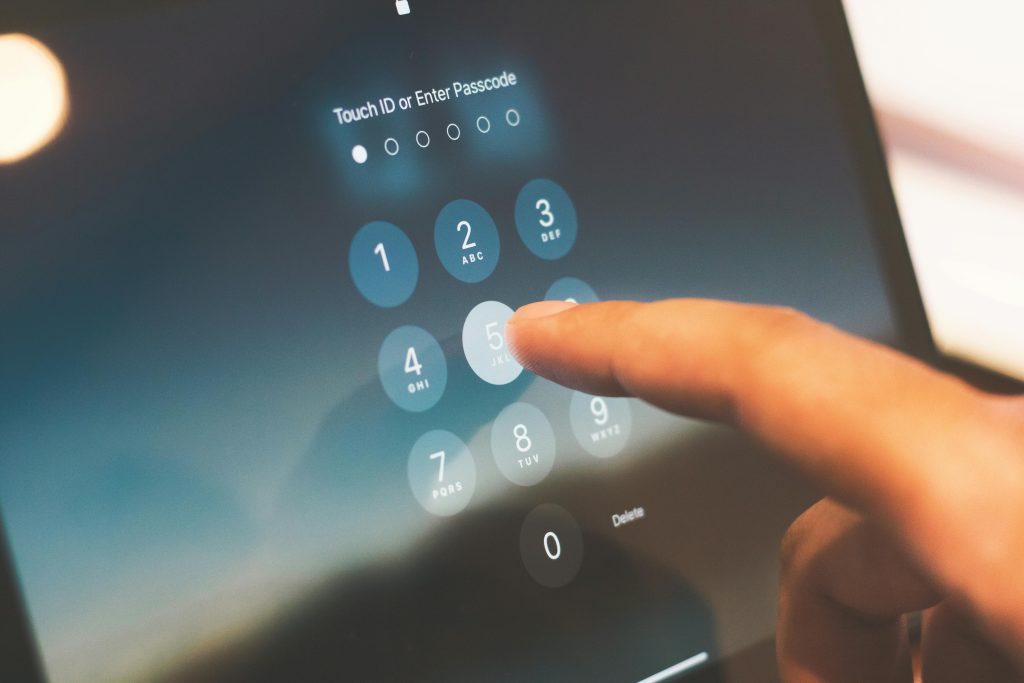Title: Troubleshooting a Colorful Dilemma: What to Do When Your Laptop Display Malfunctions
If you’re experiencing an unexpected kaleidoscope of colors on your laptop screen, don’t panic—this issue can be more common than you think. Recently, a user shared their experience of a laptop display that had started exhibiting strange color patterns. For two days, the screen displayed unusual hues, which briefly returned to normal before the problem resurfaced.
You can view the problem here.
Understanding the Problem
There are several potential reasons for your laptop screen displaying a variety of colors:
-
Graphics Driver Issues: Even if you’ve already tried uninstalling and reinstalling the graphics driver, it might not always resolve the underlying problem. Ensuring you have the latest driver version or rolling back to a previous one can sometimes help.
-
Display Connection: If your laptop has a loose or damaged cable connecting the display to the motherboard, this might result in color distortions. A thorough check could indicate whether this is an issue.
-
Faulty Hardware: In some cases, the screen itself or components such as the GPU may be failing. If the software adjustments do not help, test your laptop with an external monitor. If the external display works correctly, it points toward a hardware fault with the laptop screen.
-
Settings Adjustment: Occasionally, incorrect display settings or configurations can lead to color issues. Navigate to your display settings and ensure everything is appropriately configured.
Steps to Self-Diagnose
To start troubleshooting, consider performing the following steps:
-
Check Your Connections: If possible, inspect the internal connections or external ports. A loose connection can lead to display problems.
-
Use Safe Mode: Boot up your laptop in Safe Mode to see if the display issue persists. If the colors return to normal, the issue may lie with your drivers or software settings.
-
Test with an External Monitor: Connect your laptop to a TV or another monitor to see if the colors appear correctly there. This can help you determine if the issue is with the laptop itself or a software-related problem.
Seeking Professional Help
If, after following these steps, you are still facing the issue, it may be time to consult with a professional technician. They can provide a more in-depth diagnosis and repair any hardware that may be malfunctioning.
In summary, while
Share this content:




Hi there,
It sounds like you’re experiencing a frustrating display issue. Based on the description and the attached photo link, here are some steps you can follow to troubleshoot this problem:
If these steps do not resolve the issue